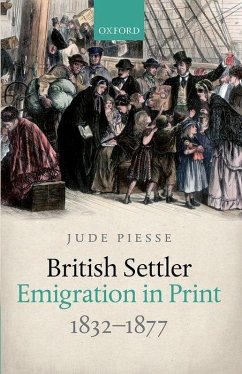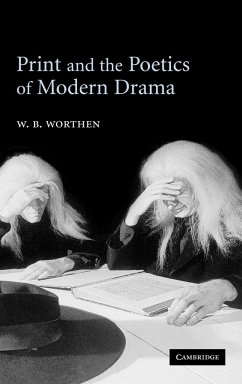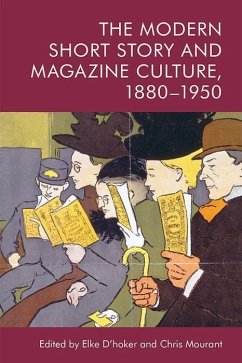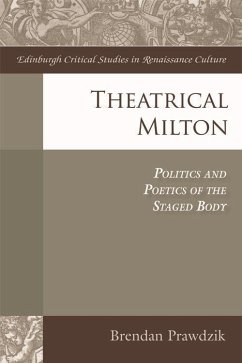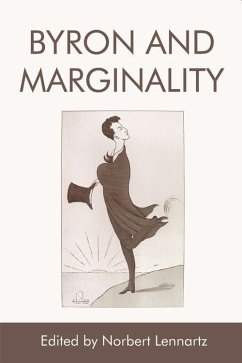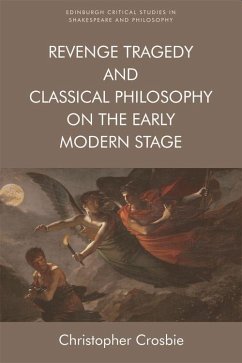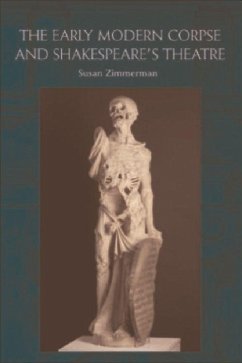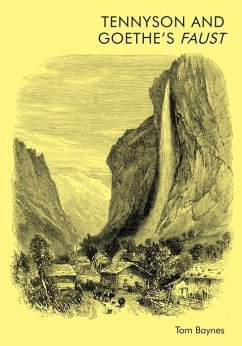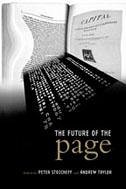Nicht lieferbar
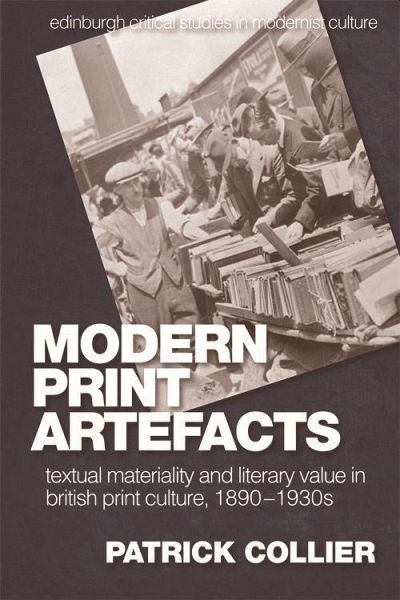
Modern Print Artefacts
Textual Materiality and Literary Value in British Print Culture, 1890-1930s
'Always a fearless trailblazer, Collier argues eloquently for scholarly attention to the full range of early twentieth-century print culture. This carefully researched monograph is an exciting next step for a modernist studies that must leave behind its obsession with "modernism".' Mark Morrisson, Penn State University Demonstrates the ways in which print artefacts asserted and contested literary value in the modernist period This study focuses on the close connections between literary value and the materiality of popular print artefacts in Britain from 1890-1930. The book demonstrates that th...
'Always a fearless trailblazer, Collier argues eloquently for scholarly attention to the full range of early twentieth-century print culture. This carefully researched monograph is an exciting next step for a modernist studies that must leave behind its obsession with "modernism".' Mark Morrisson, Penn State University Demonstrates the ways in which print artefacts asserted and contested literary value in the modernist period This study focuses on the close connections between literary value and the materiality of popular print artefacts in Britain from 1890-1930. The book demonstrates that the materiality of print objects - paper quality, typography, spatial layout, use of illustrations, etc. - became uniquely visible and significant in these years as a result of a widely perceived crisis in literary valuation. In a set of case studies, it analyses the relations between literary value, meaning and textual materiality in print artefacts such as newspapers, magazines and book genres, artefacts that gave form to both literary works and the journalistic content (critical essays, book reviews, celebrity profiles and advertising) through which conflicting conceptions of literature took shape. In the process, it corrects two misperceptions about reading in the period: that books were the default mode of reading, and that experimental modernism was the sole literary aesthetic that could usefully represent modern life. Key Features - Gives readers access to a sphere of literary production and reception that is virtually unexamined by existing scholarship. - Provides a fresh view of literary production and the print marketplace by refusing to foreground literary modernism as a critical lens, instead focusing on more widely read and accessible print artefacts, including the Illustrated London News in the 1890s, the London Mercury, John O'London's Weekly and the poetry anthology as a book genre. - Constitutes a simultaneously historical and theoretical inquiry into the workings of literary value. Patrick Collier is Professor of Literature at Ball State University, where he teaches nineteenth- and twentieth-century British literature and film studies. He is the author of Modernism on Fleet Street (2006) and the co-editor of the Journal of Modern Periodical Studies. Cover image: booksellers in Farringdon Road, London (c) Heritage Images/GettyImages Cover design: [EUP logo] edinburghuniversitypress.com ISBN 978-1-4744-1347-3 Barcode





